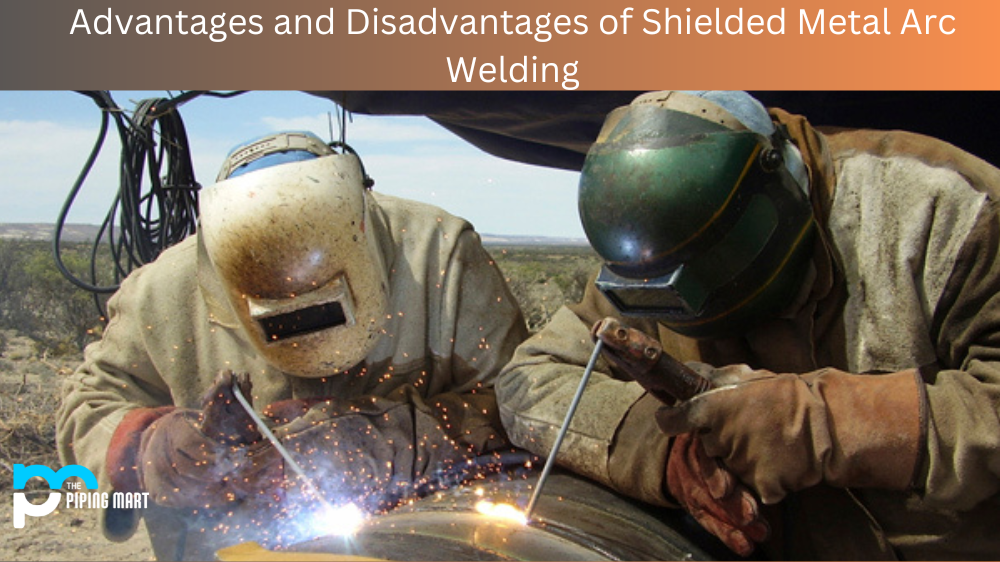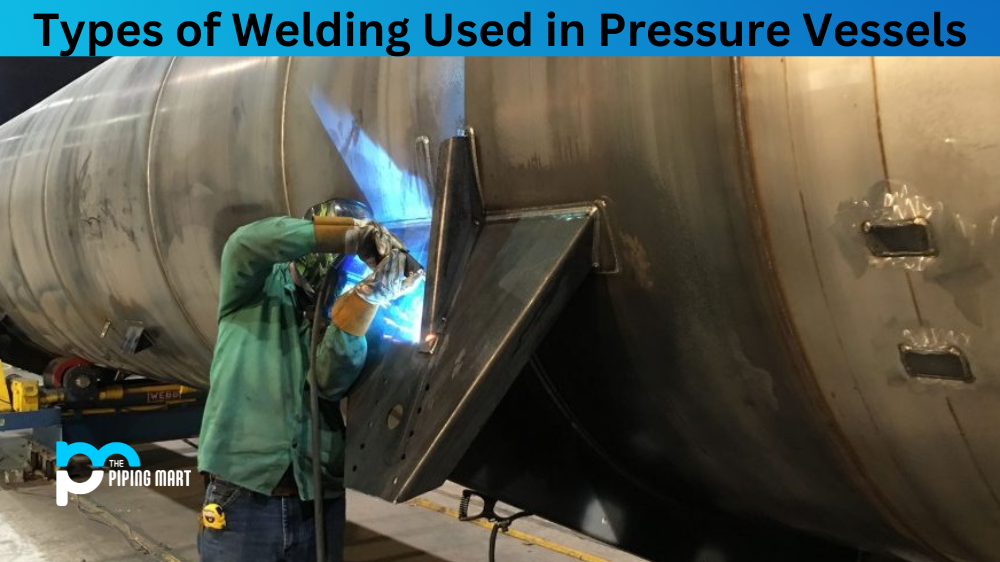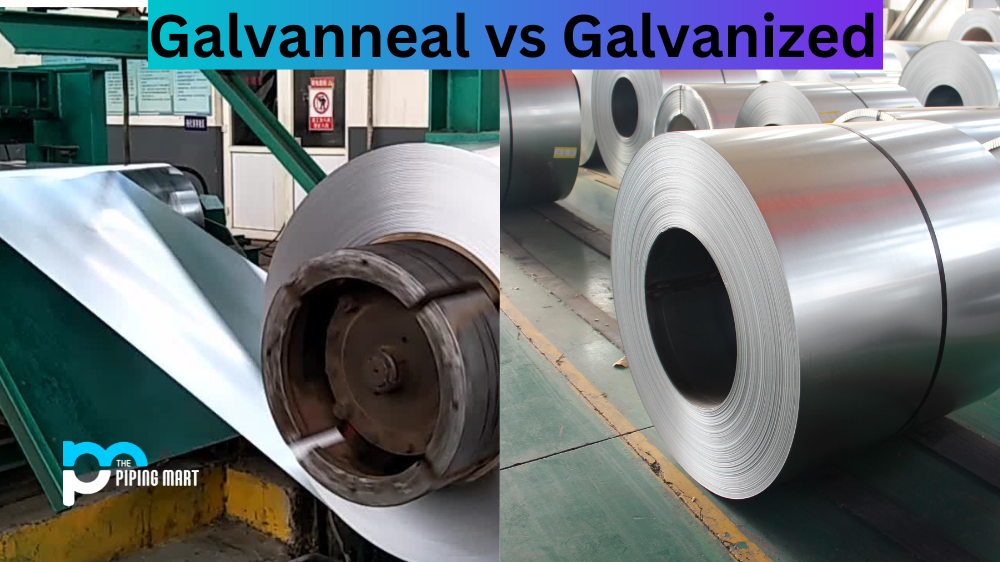Shielded metal arc welding (SMAW), also known as stick welding, is one of the oldest and most commonly used welding techniques. It’s been around since the late 1800s and is used in everything from automotive repair to construction projects. In this blog post, we’ll take a look at the advantages and disadvantages of SMAW so you can decide if it’s right for your project.
Advantages of SMAW
One of the most significant advantages of SMAW is its portability. All you need for stick welding is an arc welder, some electrodes, and a power source. This makes it ideal for jobs requiring mobility or not having access to a lot of equipment. Additionally, SMAW is relatively easy to learn and use; even beginners can quickly pick up on the basics with some practice and guidance. Finally, SMAW can be used on nearly any material, making it highly versatile.
Portability
One of the main advantages of shielded metal arc welding is that it is a portable welding process. This means that it can be used in a wide variety of settings, both indoors and outdoors. Additionally, this welding process does not require an external power source, making it even more portable.
Versatility
Another advantage of shielded metal arc welding is its versatile welding process. This means it can weld various metals, including steel, stainless steel, aluminum, and cast iron. Additionally, this welding process can be used to weld both thin and thick metals.
Affordability
Another advantage of shielded metal arc welding is its affordable welding process. It is an excellent option for those looking to weld on a budget. Additionally, this welding process does not require expensive equipment or materials, making it even more affordable.
Easy of use
Another advantage of shielded metal arc welding is its easy-to-use welding process. This means that it is an excellent option for those new to welding or with limited experience. Additionally, this welding process does not require complex equipment, making it even easier to use.
Safety
Another advantage of shielded metal arc welding is that it is a safe process. It poses less risk to the welder and those around them than other welding processes. Additionally, this welding process produces fewer fumes and smoke than other processes, making it even safer to use
Disadvantages of SMAW
The major disadvantage of using SMAW is that it produces more slag than other welding types, such as gas tungsten arc welding (GTAW). This means more time needs to be spent cleaning up after each weld—something that can add up over time if you’re doing multiple projects in succession. Additionally, because the arc creates heat that radiates outward from the weld zone, there’s a greater chance for warping or distortion when working with thinner metals such as stainless steel or aluminum. Finally, because the electrode must be manually held in place during each weld, it can be challenging to maintain consistent beads or achieve precise welds without considerable practice.
Limited to Ferrous Metals
One of the primary disadvantages of shielded metal arc welding is that it can only be used on ferrous metals. Ferrous metals contain iron, such as steel and cast iron. This means shielded metal arc welding cannot be used on aluminum, brass, or copper.
Requires frequent electrode changes
Another disadvantage of shielded metal arc welding is that it requires frequent electrode changes. The electrode is the metal that conducts the electrical current and melts the metal being welded. As the electrode melts, it becomes coated with slag, a non-metallic substance. This coating must be removed before welding can continue, which requires stopping work to change the electrode.
High levels of fumes and smoke
Shielded metal arc welding also produces high levels of fumes and smoke. These fumes can be harmful to the welder’s health if they are inhaled. In addition, the smoke produced by shielded metal arc welding can be a nuisance to others in the area.
Not suitable for thin materials
Shielded metal arc welding is also not suitable for welding thin materials. This is because the heat produced by the welding process can cause the thin material to warp or distort.
Requires extensive training
Another disadvantage of shielded metal arc welding is that it requires extensive training to use it properly. Welders must be able to control the amount of heat and pressure applied to the metals being joined to avoid problems such as warping or distortion.
Conclusion:
Shielded metal arc welding (SMAW) has been around for more than 100 years and is one of the most widely used welding techniques today due to its portability and versatility. However, some drawbacks are associated with this type of welding, including increased slag production and potential warping/distortion when working with thin metals. Ultimately, whether or not stick welding is suitable for your project depends on your skill level and what kind of materials you plan on working with—so do your research before deciding which technique is best for you!
Meet Heer, a dynamic and driven writer learning tricks of her trade in the metal industry. With a background in Digital Marketing, Heer brings a unique perspective to her writing, sharing valuable insights. Apart from blogging she like reading and hiking.




